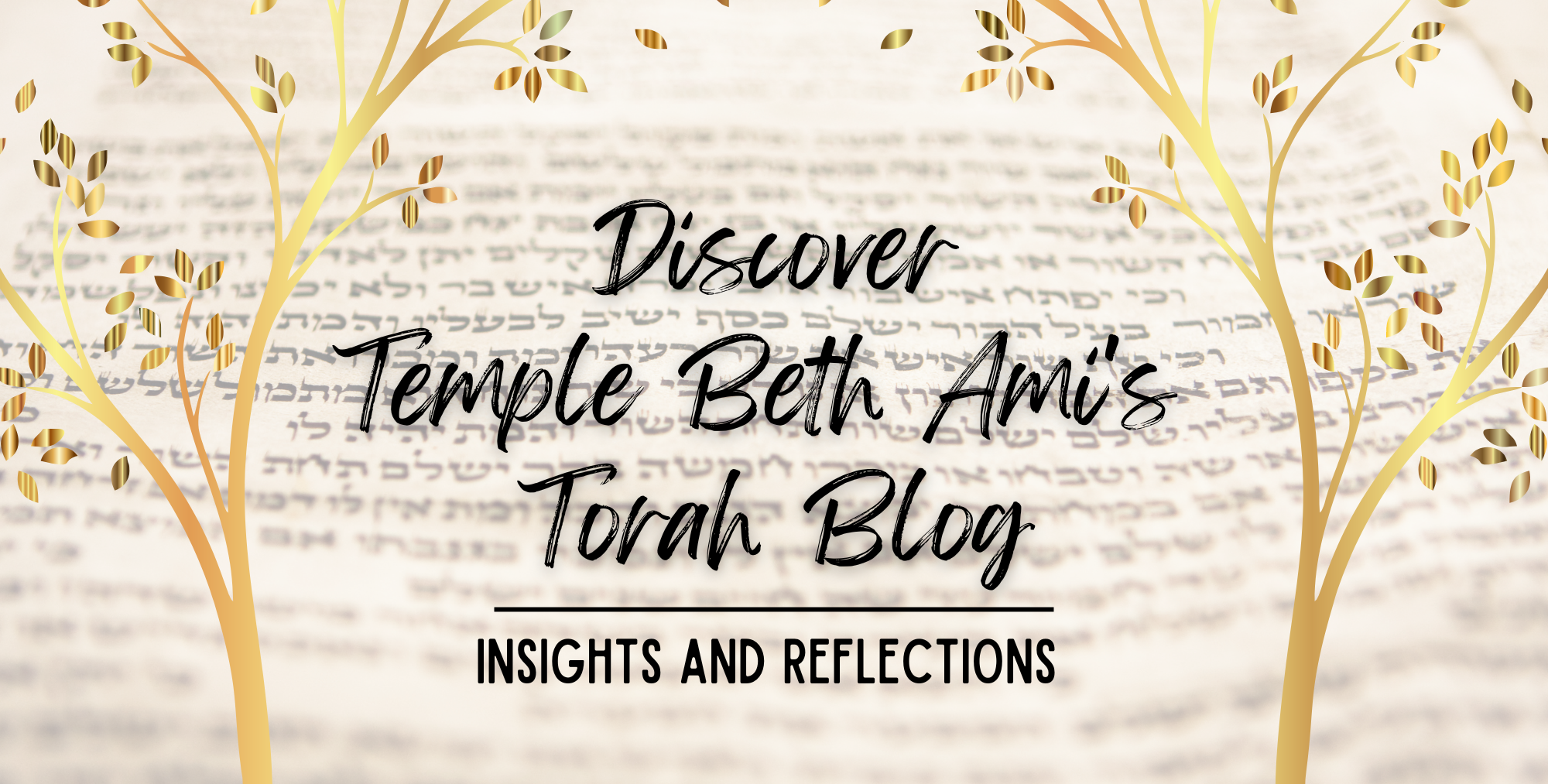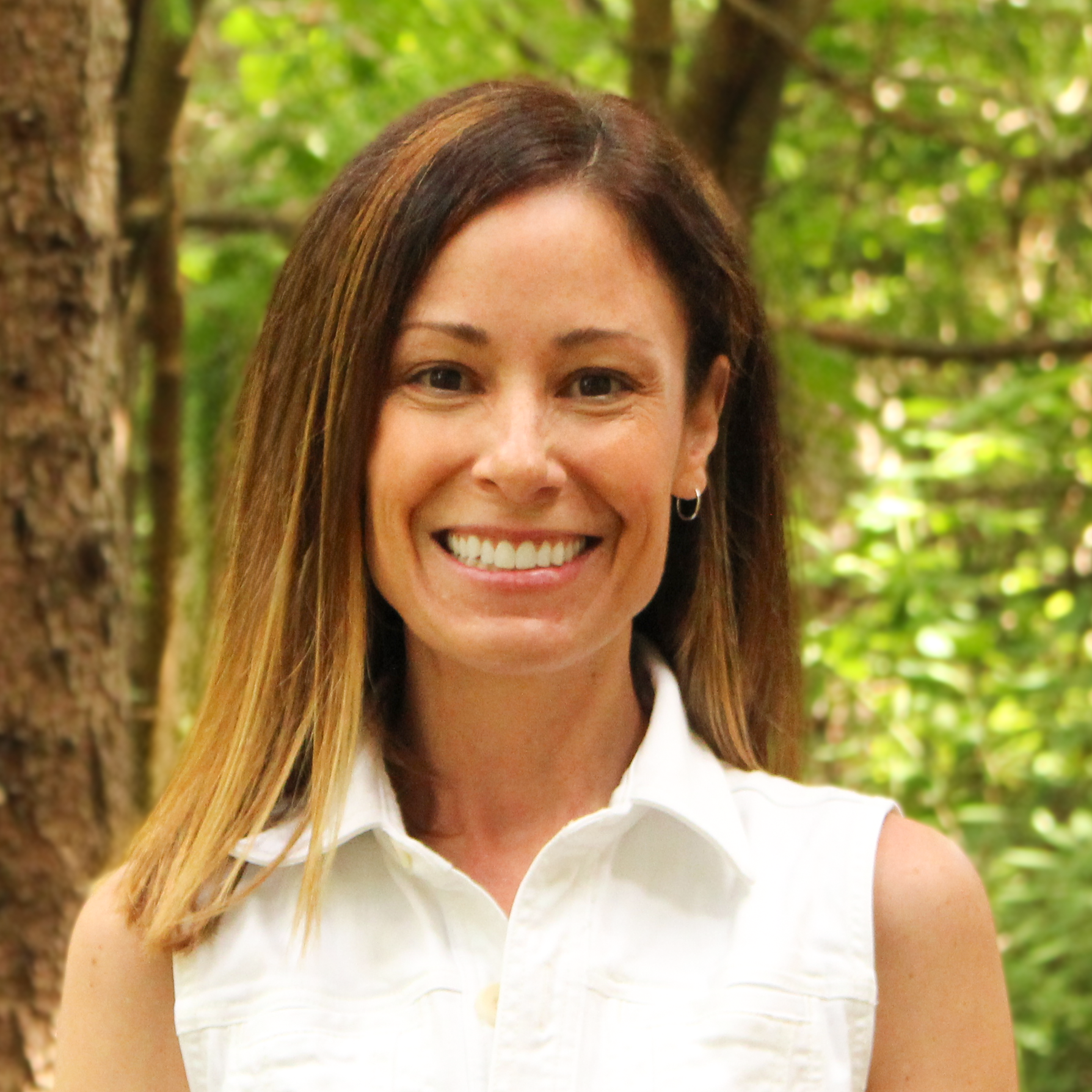







Parshat Naso
Numbers 4:21-7:89
By Jen Smith
Parshat Naso, the longest Torah portion, may at first glance feel like a collection of lists including tribal leaders, offerings, priestly duties, but hidden within its verses is a profound mystical truth: every person carries a unique spark, and every spark is worthy of being lifted up.
The very name of the portion, Naso, means “to lift up,” as in the “heads of the children of Israel.” It’s not just a census; it’s a spiritual act. To count someone is to say they matter. To lift someone’s head is to restore their dignity. Judaism doesn’t just number us, it notices us, it counts us.
And what better time to reflect on this theme than in early summer? The world itself feels lifted; days stretch longer, the sun shines brighter, and we feel pulled toward light, growth, and connection. Children are released from school, adults loosen routines, and communities gather more freely. It’s a season that invites expansion. But in this very expansiveness, Naso offers a grounding lesson: true elevation does not begin with the collective crowd, but rather, with each individual soul.
In Jewish mysticism, the soul is said to contain a divine spark – a piece of the Infinite cloaked in finite form. The mystics teach that every person, no matter how hidden or humble, carries a unique vibration of divine light. When we “lift up the head” of another by honoring their story, including their voice, or seeing their worth, we participate in tikkun olam, the mending of a fragmented world.
This is reflected beautifully in the Priestly Blessing (Birkat Kohanim) found in this parsha:
May God bless you and guard you.
May God shine Divine light upon you and show you grace.
May God lift up the Divine face to you and grant you peace.
Shine, lift, grace, peace; it’s as if the blessing itself captures the essence of summer and soul alike. The Divine is imagined as an intimate presence that lifts us, illuminates us, and brings wholeness.
And yet, Naso also reminds us that elevation isn’t always comfortable. The Nazirite in the portion voluntarily separates from wine and hair-cutting, two restrictions that symbolize intense spiritual discipline. Sometimes, lifting ourselves up means turning inward to a place of introspection, even in a season full of outward activity. The mystical path teaches that periods of abstention can clarify the soul, burning off distractions so we can reconnect with our essence.
So how do we live this in summertime?
We might choose to lift up someone in our community who feels overlooked; reconnect with our own spiritual spark through journaling, prayer, or time in nature; let go of ego just enough to let another person shine, and either literally or metaphorically bless our children and our friends with light and peace.
As the temperature rises and we shed out outer layers, we can imagine removing our outer shells as well, so nurture the spark we keep hidden throughout a cold winter. Naso calls us to treat this not only as vacation, but as a spiritual opportunity to embrace a season of growth, vulnerability, and renewal.
Shabbat Shalom!